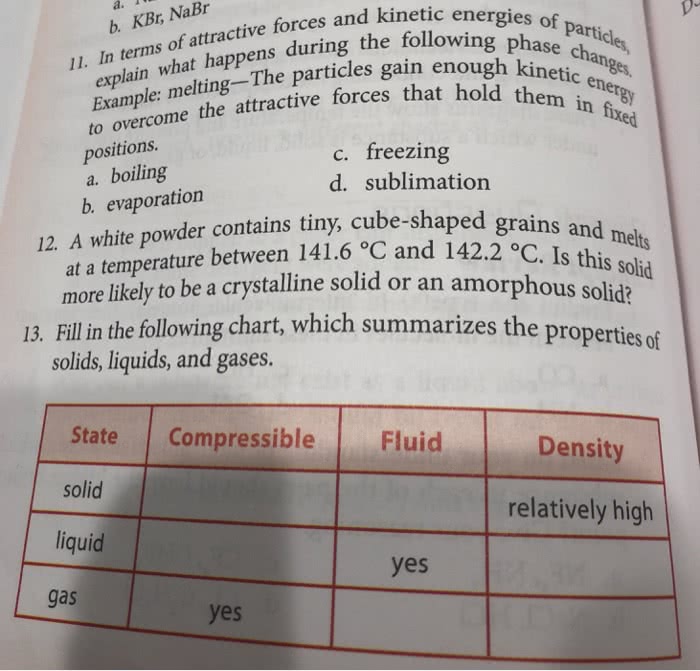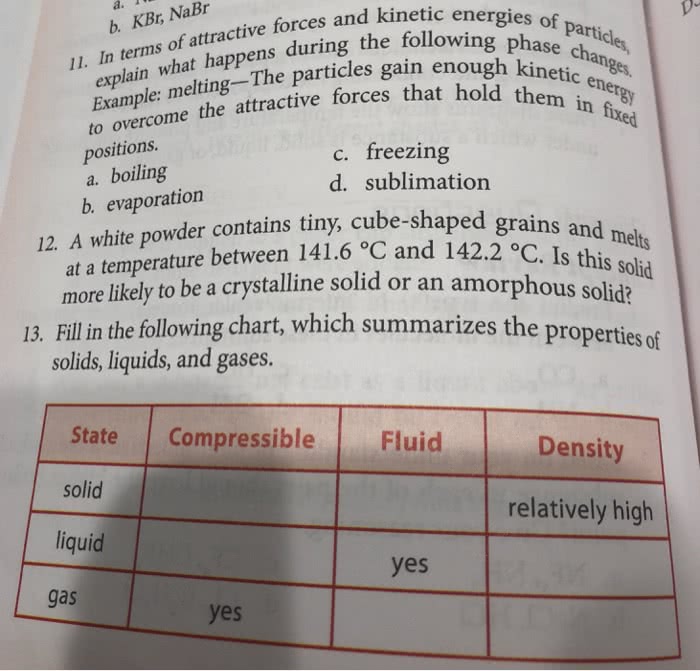CHE 116 Chapter Notes - Chapter 11: Phase Diagram, Electronegativity, Supercooling
Document Summary
Ch 11. 1 a molecular comparison of gases, liquids and solids. Intermolecular forces in liquids and solids are much stronger. Liquids are much denser and far less compressible than gases. Ch 11. 2 intermolecular forces strengths of intermolecular forces are usually much weaker than intramolecular forces. An instantaneous dipole moment in one atom can cause one in the other atom which attracts them to each other. Polarizability: the ease with which the charge distribution is distorted. The greater the polarizability, the more easily the electron cloud can be distorted to give an instantaneous dipole. The strength of dispersion forces therefore tends to increase with increasing atomic or molecular size. Dispersion forces tend to increase in strength with increasing molecular weight. The presence of a permanent dipole moment in polar molecules lead to this. Originate from electrostatic attractions between the partially positive end of one molecule and the partially negative end of another.



